The health industry is no stranger to the power of colour.
Waiting and consulting rooms are painted in calming blues and greens to ease nerves and anxiety.
Signage around a hospital is colour coded for easy understanding. The Emergency Department sign is always red and instantly recognisable.
Medications themselves are no longer white pills but are coloured to aid recognition and limit errors.
One study noted the effectiveness of colour coding cleaning equipment in reducing healthcare-associated infections.
The CSSD is no different. Colour matters.
This quote sums it up:

Why use colour-based identification in the CSSD?
Our brain doesn’t just take in verbal cues – other cues such as colour aid recognition. Colour helps us to group and understand – and do it quickly. CSSDs choose to label their trays, carts and instruments using colour because it means:
1. Easy identification at a glance for better productivity – among a sea of instruments awaiting processing, you can use colour more quickly than words to find the urgent ones or those needing repair.
2. Less capacity for misunderstanding and errors – adding colour coding means you’re not just relying on the written word. For people in a hurry or those with English as a second language, colour coding adds an instantly recognisable way to quickly sort or find instruments.
3. Visibility in a cluttered environment for faster workflows – it’s a bit like doing a jigsaw puzzle – you look for pieces of a certain colour. In a high pressure work environment colour makes the job that bit easier. In medicine labelling, one study found that colour demonstrated compliance – with medicines labelled with red showing higher levels of compliance than those in black or green. The same may apply if you use red labels for high priority processing.
4.Variety to break up an often monotone work environment – the CSSD is a built for function, not form. A little bit of colour adds both visual interest and structure.
There is a vast array of colour coding products available for instruments, trays and carts. They can be used to differentiate between:
- Different clinics
- Different wards
- Different surgeons
- Different sets of equipment or instruments
- Different actions or functions – such ‘broken’, ‘discard’, ‘repair’, ‘sharpen’, or ‘quick turnaround’

